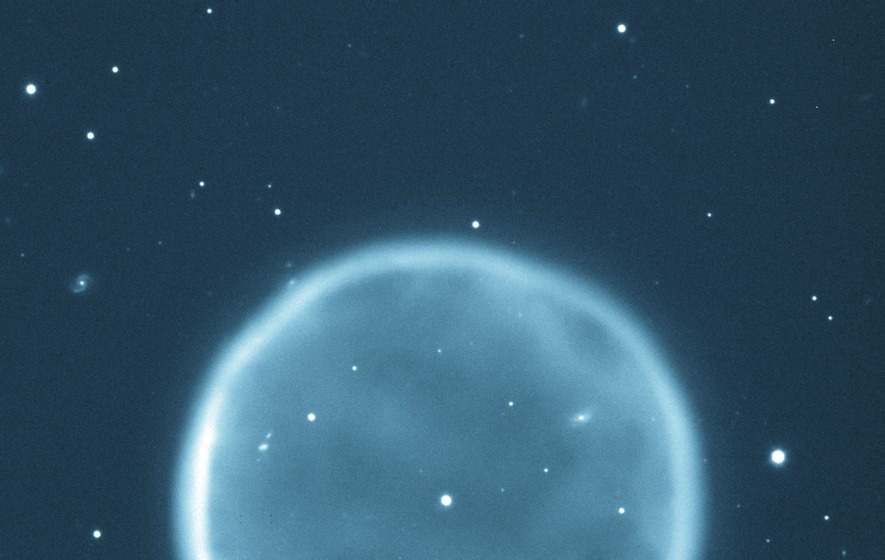
Scientists Say The Sun Will Become A Bright Planetary Nebula When It Dies In 10 Billion Years?.
The death of our sun will leave a bright and lingering halo visible from light years around, despite its relatively small size, say astronomers claiming to have cracked a 25-year-old problem for the field.
Scientists are widely agreed that the death of our sun will happen in approximately 10 billion years, but have been split on what would come next.
Nine out of 10 stars form a planetary nebula on their demise, where the clouds of dust and gas which had been part of the dying star are ejected into space but lit from within by the remnant stellar core.
Mathematical models have previously suggested our native star had too little mass to cause a visible nebula and would need to be about twice the size to cause any visible effect.
But now an international team of astronomers have identified that low mass stars such as our sun may actually be burning three times hotter, and therefore brighter, than previously predicted.
The new research, published in the journal Nature Astronomy, shows that our sun is just massive enough to end its life in spectacular style.
Professor Albert Zijlstra, one of the researchers from the University of Manchester, said the ejected envelope of the star occurs as it runs out of fuel and begins to go out on its way to becoming a white dwarf.
“It is only then the hot core makes the ejected envelope shine brightly for around 10,000 years – a brief period in astronomy,” he added. “This is what makes the planetary nebula visible.”
The new data model they developed goes some way to explaining why there are many examples of bright nebula visible from very low mass stars, which had been a “source of conflict for the past 25 years” among astronomers, Professor Zijlstra said.
It shows that after the envelope is ejected the star’s core heats up three times faster than in older models, making a bright nebula much more likely.
In this model, a star just a fraction smaller than the sun would create a nebula too faint to see.
Professor Zijlstra added: “This is a nice result. Not only do we now have a way to measure the presence of stars of ages a few billion years in distant galaxies, which is a range that is remarkably difficult to measure, we even have found out what the sun will do when it dies.
“Problem solved, after 25 years.”













